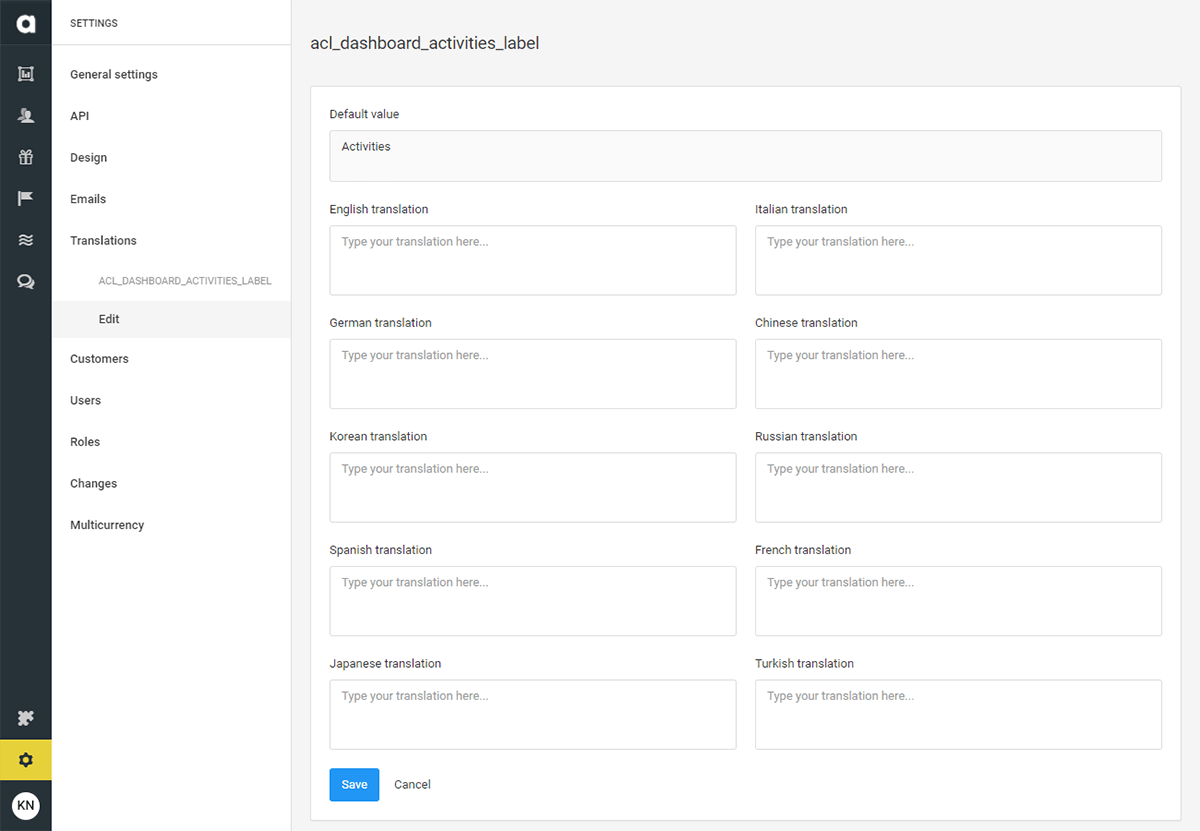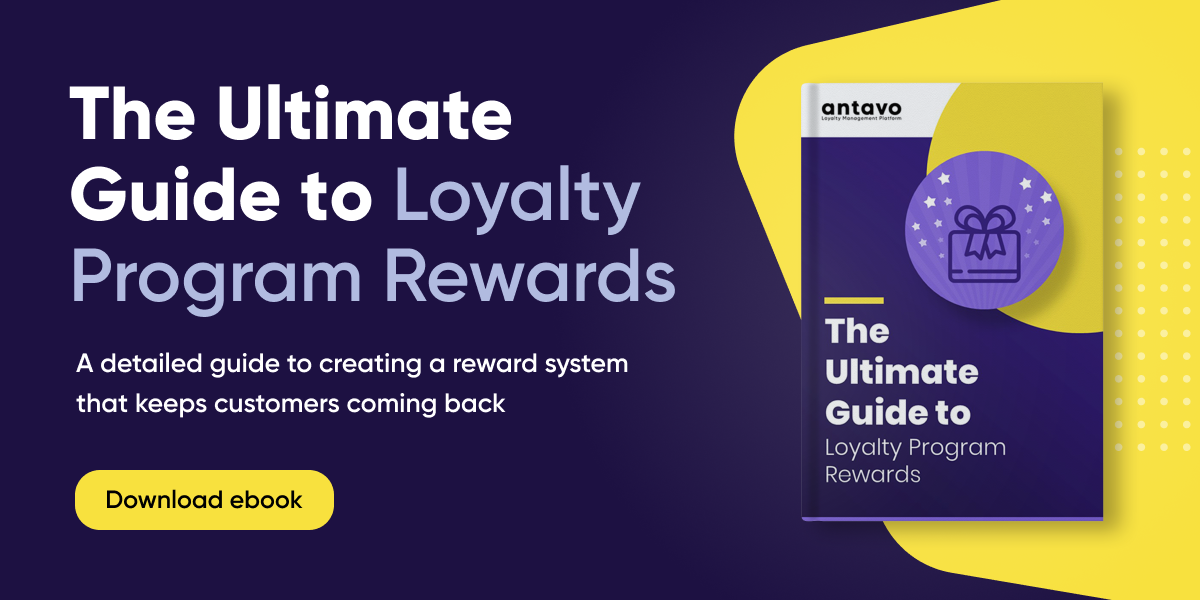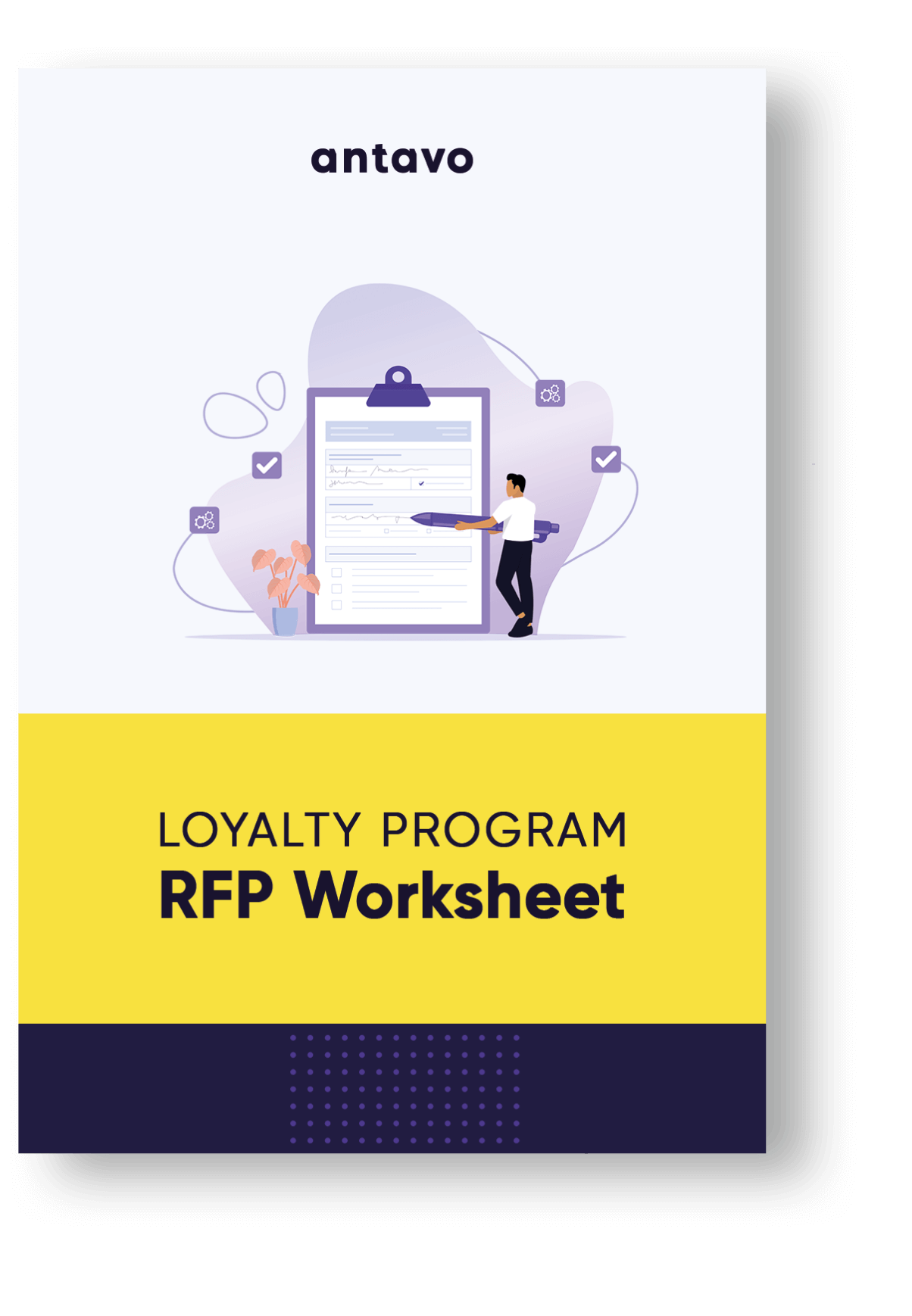Any brand or organization that’s present on the global market knows the importance of a recognizable brand image. Yet, paradoxically, how the business operates in a given region should adhere to the standards and expectations of that regional audience. The same goes for loyalty programs: tailoring offers, campaigns and even the loyalty logic behind the program to local customers’ liking ensures maximum interest and participation. And thanks to the capabilities of multi-country loyalty program technology, companies don’t need to design a separate reward system for each country to achieve this.
Personalized Loyalty Experience on a Regional Level
The concept of region-specific marketing hardly needs an introduction. Companies such as Dolce & Gabbana learned the hard way with their controversial Chinese ad that jokes and messages that land in one culture can be interpreted as an insult by another. Luckily, loyalty programs usually don’t cause such an uproar, but you still need to consider the preferences of certain demographics. For example, in Asian countries, the adoption of tiered programs has reached the point where it’s considered an industry standard. So if you wish to enter that particular market with a reward system that lacks tiers, you’ll face a serious handicap.

To Centralize or Decentralize? That Is the Question
The best way to describe multi-country loyalty programs is that they are a tool for personalizing the loyalty experience not for a small customer segment, but for a whole country. When it comes to running a loyalty program across multiple countries, businesses have to make a decision, though: will they take a centralized or decentralized approach?
- In a centralized program setup, one loyalty management team looks after all geographies using one main interface. To accommodate the workload, there’s a large similarity among all markets’ core loyalty logic. This provides a rather unified experience with only a few changes for each regional program. It also provides greater control over the overarching look and feel of the program.
- The decentralized setup allows for market-specific ownership, so each market’s loyalty program can be managed according to local needs. In this case, the program’s core logic deviates widely per market. As a result, brands have an easier time tailoring the experience, but over time, coordinating all the different versions of the program may require additional time, effort, and manpower.

Must-Have Features to Execute a Multi-Country Loyalty Strategy
When considering your multi-country loyalty program, you might start focusing on the exciting features and rewards you could use in specific markets. However, let’s not forget about the trusty background features that actually enable your enterprise business to smoothly execute a loyalty program that spans the globe. Here are some capabilities to consider:
1. Multi-Country Rule & Campaign Templates – Avoid Starting Over From Scratch
Setting up a loyalty program in another country is far more complex than simply copying over all the assets. The seemingly straightforward notion of re-creating campaigns, offers, rules, and automation can take a lot of time. For faster time to market, it’s essential that your multi-country loyalty technology offers export/import functionality, so that various templates can easily be transferred from one platform to another.
For instance, Antavo’s Loyalty Management Platform comes with a list of pre-built blueprints (aptly named Blueprints), that cover the most common loyalty scenarios. These allow basic functionalities to be set up out-of-the-box for loyalty programs in new markets. And the Dynamic Campaigns functionality allows loyalty program elements to be saved and reuploaded with a few clicks, letting program owners mix and match campaigns and rules from their loyalty programs in other countries.

2. Access Privileges & Hierarchies – Creating a Hierarchy Among Platform Users
As we already touched on management duties, it’s worth noting that access privileges and record-level visibility should also be taken very seriously. Access privileges affect the overall security of the platform and prevent complications associated with giving all users full access to the platform.
Overseeing who has access isn’t always difficult for a centralized program, as only a handful of selected individuals are tasked with running all the regional programs. However, in a decentralized loyalty structure, lot of groups need access to the loyalty platform—not just the managers. To avoid any unwanted complications, make sure your loyalty technology comes with the capability to delegate access privileges visibilities, so all parties can only modify relevant aspects of the program based on their respective roles.

3. Built-in Translation Tools – Take Care of Translations in One Swoop
Another pain point for managers of multi-country loyalty programs is the language barrier. Even if all platforms are managed by a centralized group of admins, the customer-facing content needs to be translated. Without built-in translation capabilities, new rewards need to be independently translated across all available platforms.
However, sometimes the language barrier applies to more than just rewards and campaigns. In decentralized multi-country programs the back-end itself also needs to be available in multiple languages. If not, local management teams may require additional help finding their way around the menus, which can be a significant hurdle—especially before launch when the team has not yet gotten used to their duty.

4. Multi-Currency Management – All Currencies in One Convenient Place
A critical capability for successful multi-country loyalty programs is currency management. Audiences expect to see offers, coupons and discounts in their local currency. But, similar to translations, currencies should be dynamically managed through the loyalty platform for maximum efficiency.
In short, the multi-currency functionality helps program managers calculate how many points members earn when they use a specific currency, factoring in that currency’s relative strength. And with a dedicated section, they can do it conveniently in one place, which is especially useful for centralized programs.

5. Cross-Country Earning – When Earning Opportunities Go Beyond Borders
Once you have loyalty programs up and running in multiple markets, you need to consider the member experience. Should members be able to keep earning points when shopping in another country?
Allowing customers to earn and spend points in multiple markets, rather than keeping their membership in one country only, increases the appeal of the program and boosts the number of touchpoints you have with customers who travel or relocate. However, to make this possible, your multi-country loyalty technology needs to have built-in capabilities that safeguard against potential unfair use.
For instance, Love, Bonito, whose loyalty program is powered by Antavo, knew their customers love to travel. To help their customers engage with the program on the go, they introduced currency conversion. In their loyalty program, the Singapore dollar acts as the baseline in the loyalty program and other currencies are calculated and rounded up based on it, ensuring a balanced point economy between countries.
With the Right Technology, Nothing’s Impossible
Multi-country loyalty programs are extremely powerful tools when it comes to catering to different communities from multiple regions. And because the core loyalty technology is the same, no matter whether you choose a centralized or decentralized approach, you can ensure that the management process is smooth and straightforward. As such, strong multi-country loyalty capabilities lead to faster time to market in new markets, and improved time to value in day-to-day operations.
Ready to discuss the finer details of multi-country loyalty program management? Antavo’s team of loyalty experts is ready to start a discussion with you. Book a demo to see our technology in full display, or send us an RFP.
As for the next step of your multi-country loyalty program’s concept, here’s an ebook about all the different reward types, because picking the right incentives is half the battle in customer retention.











